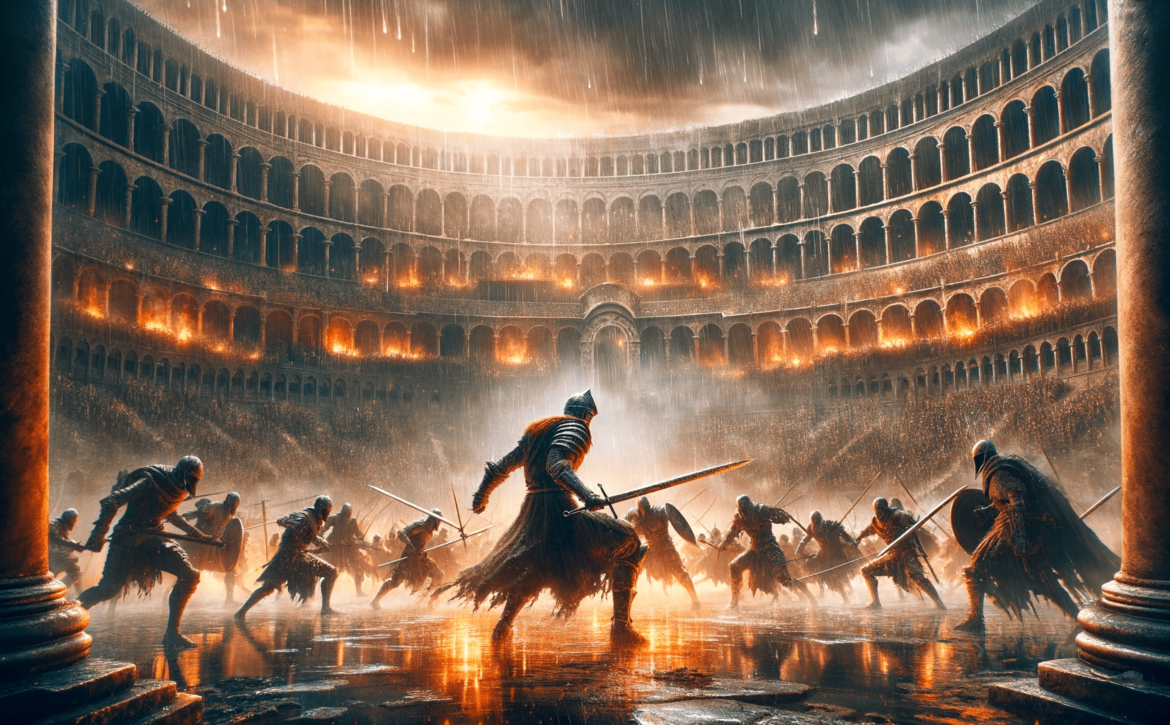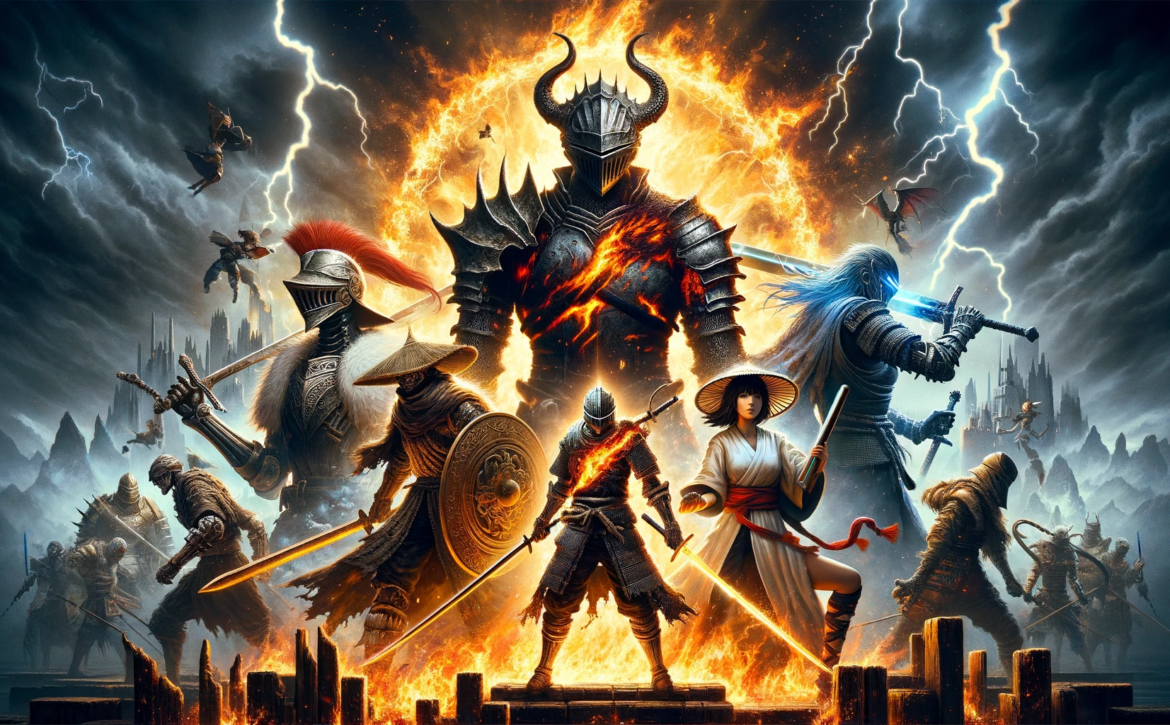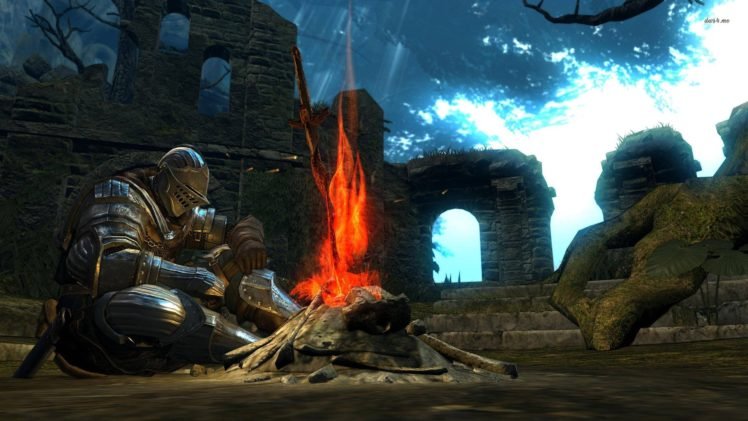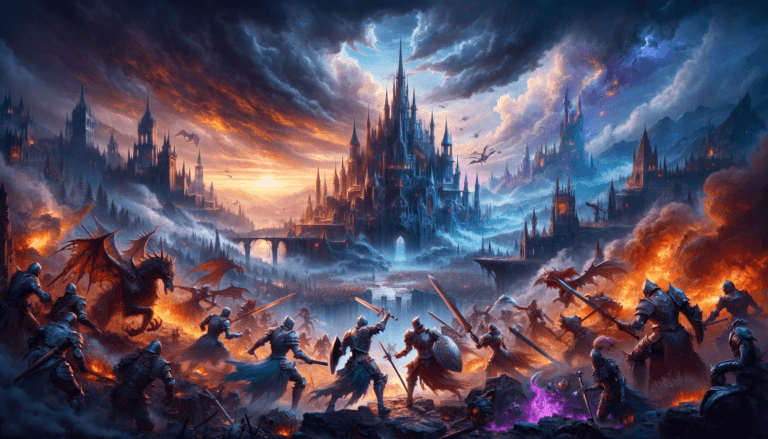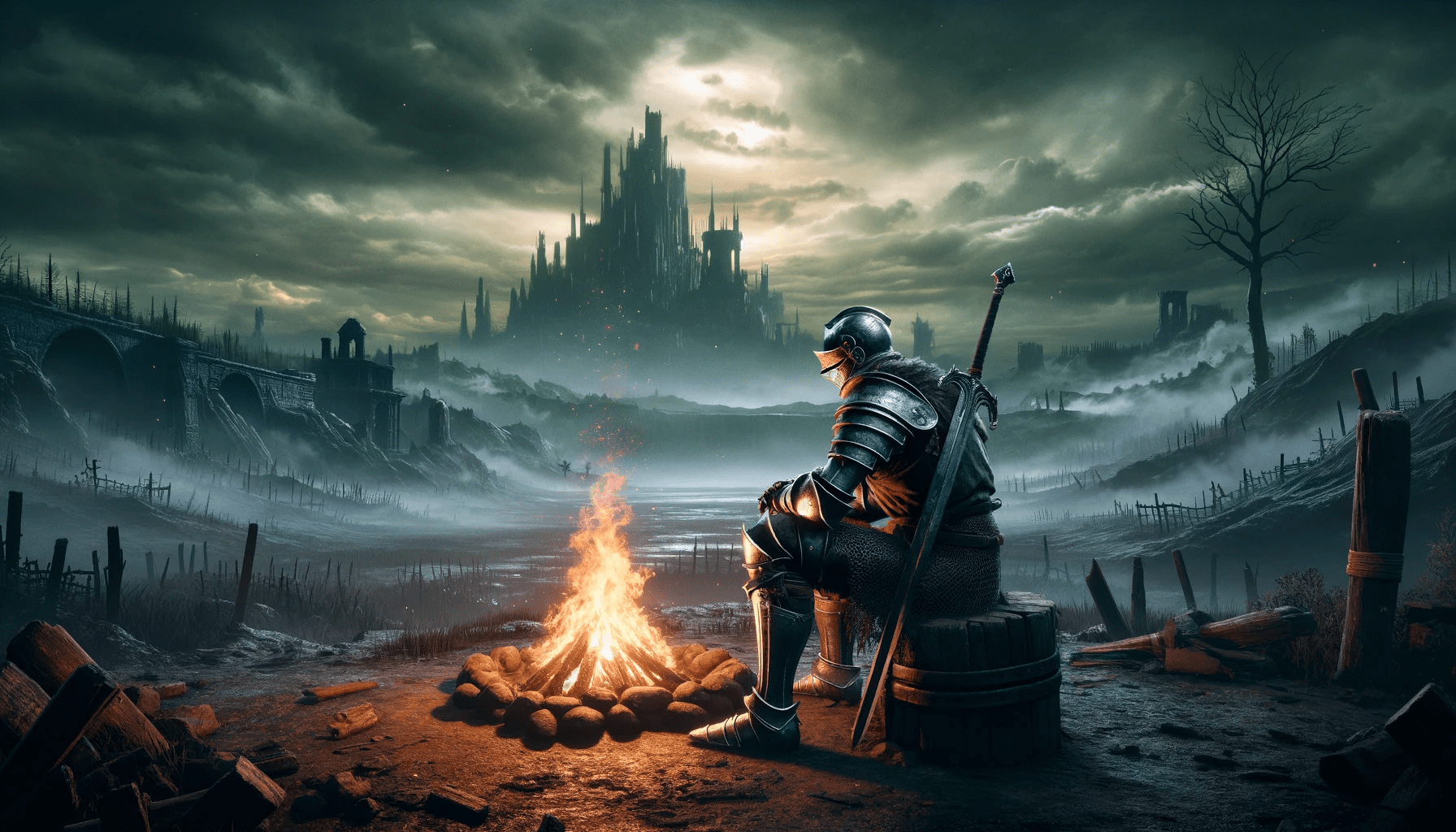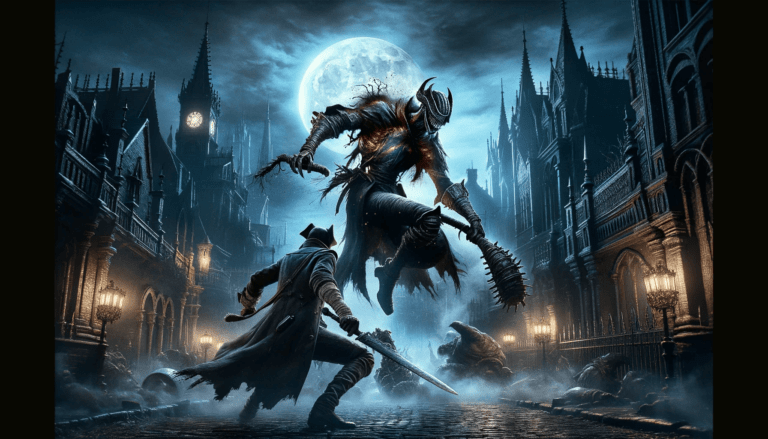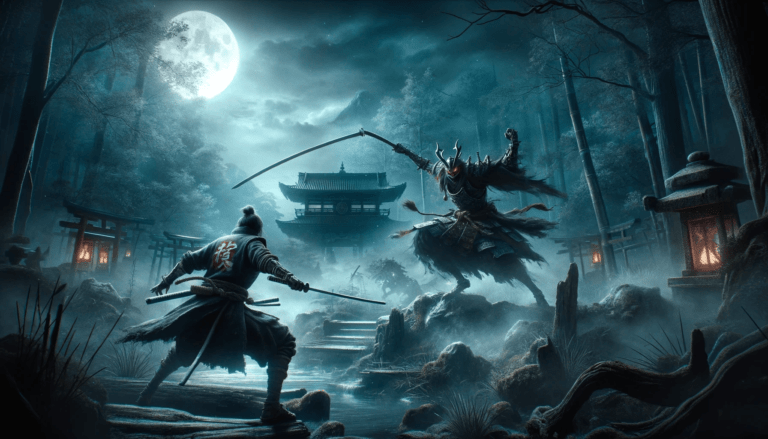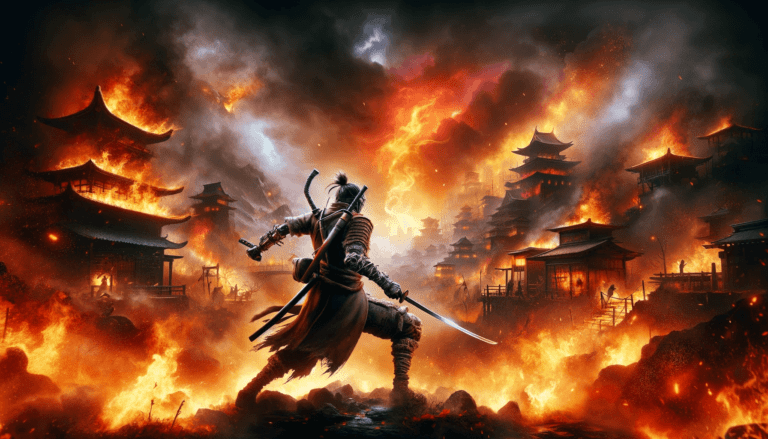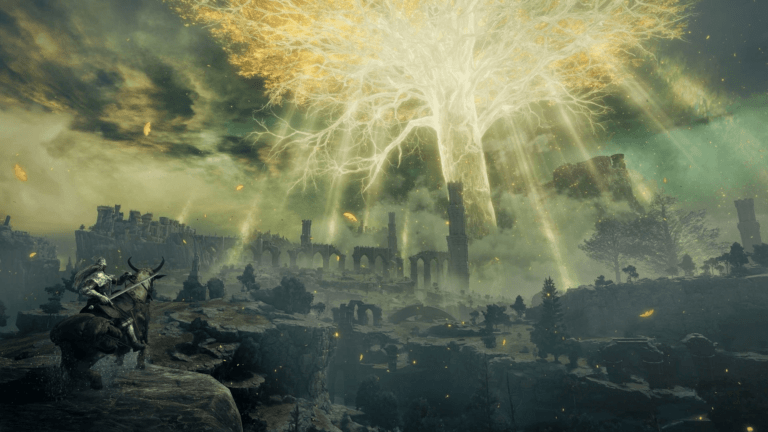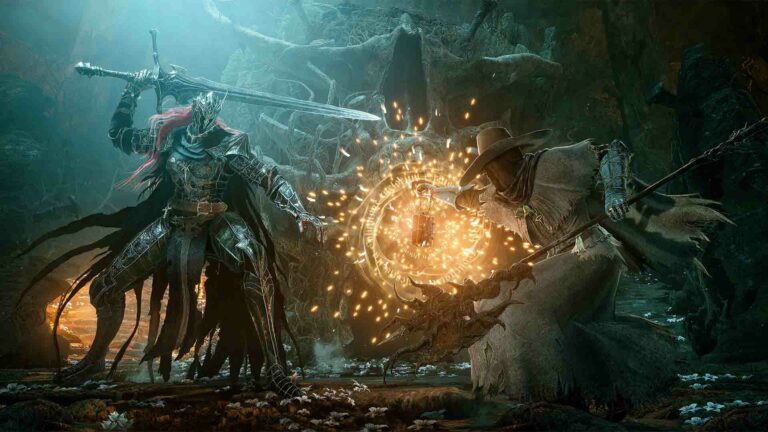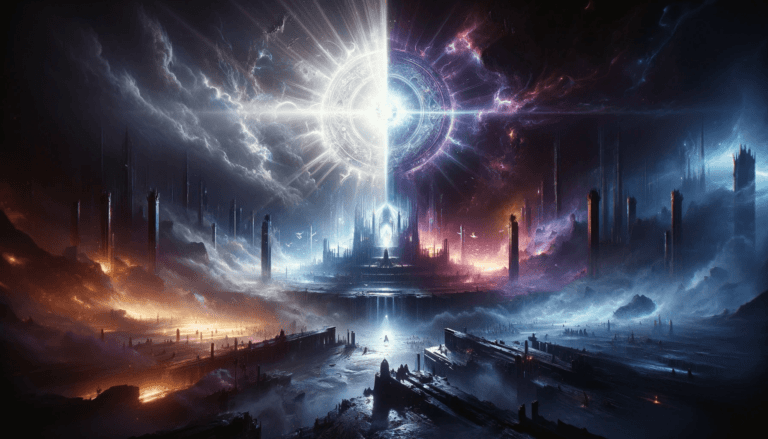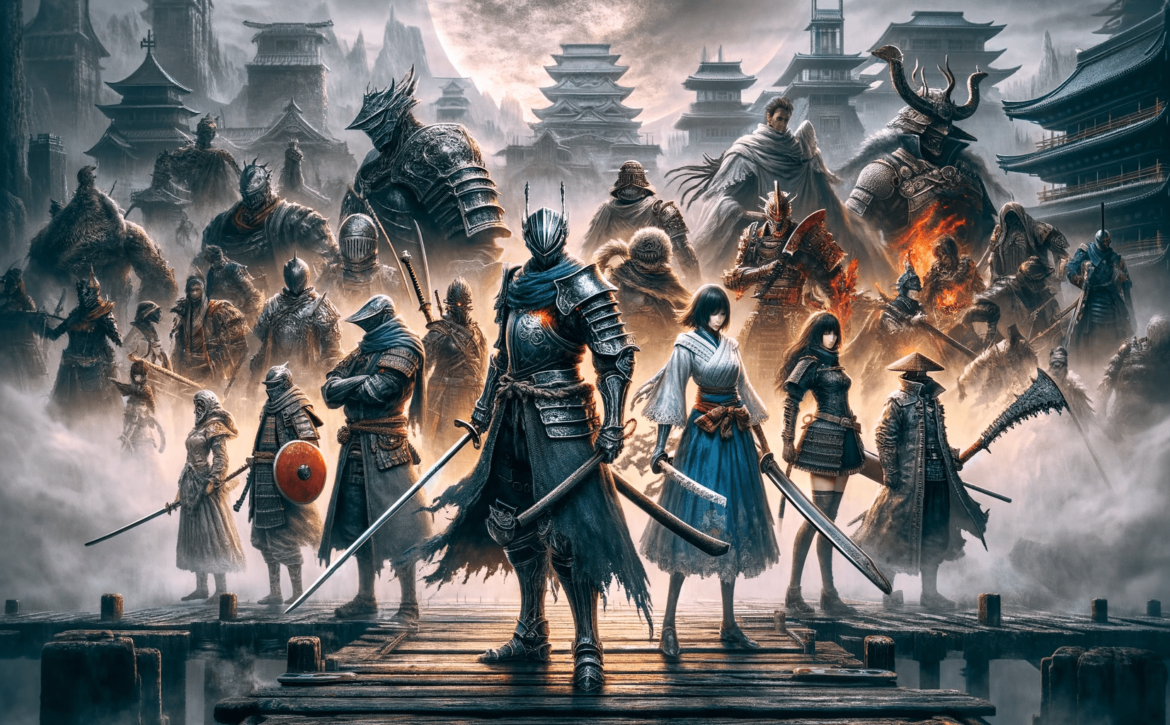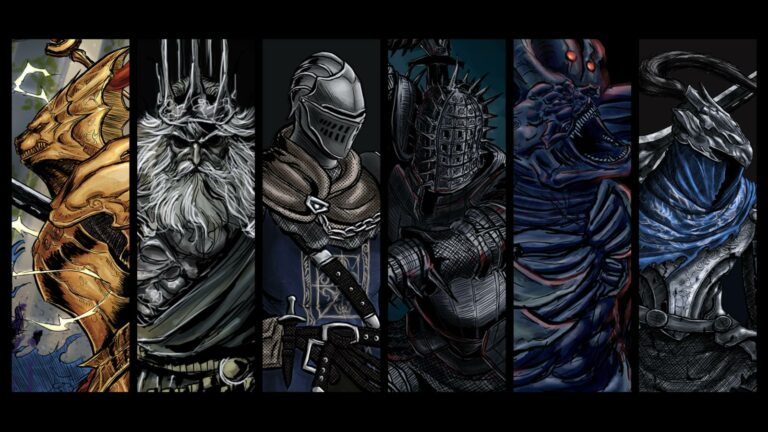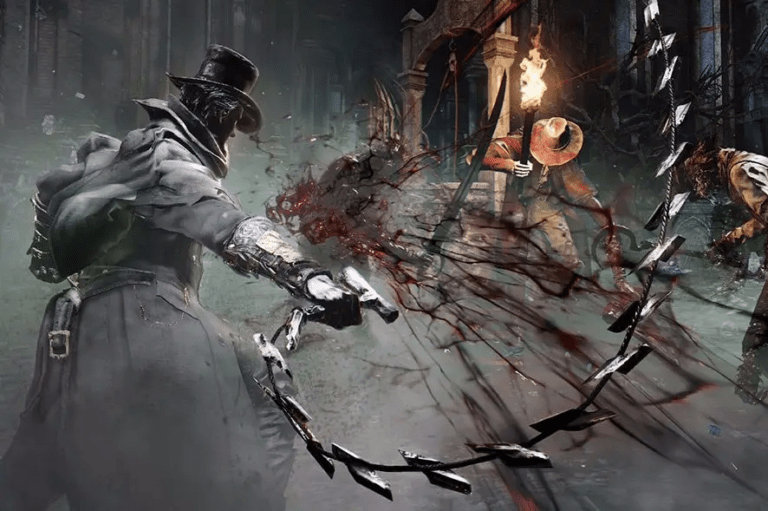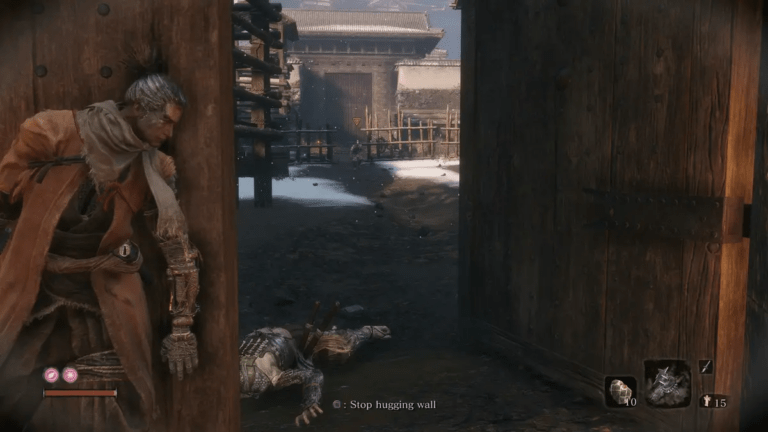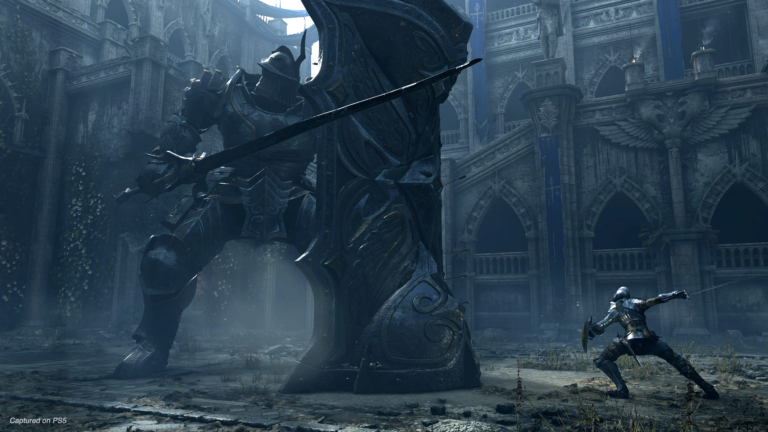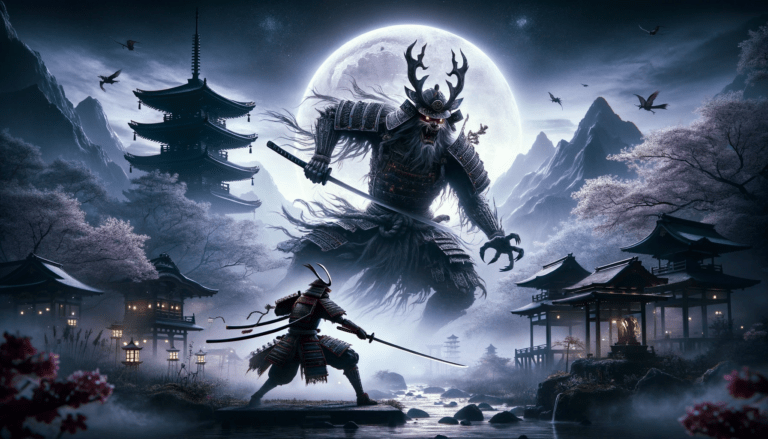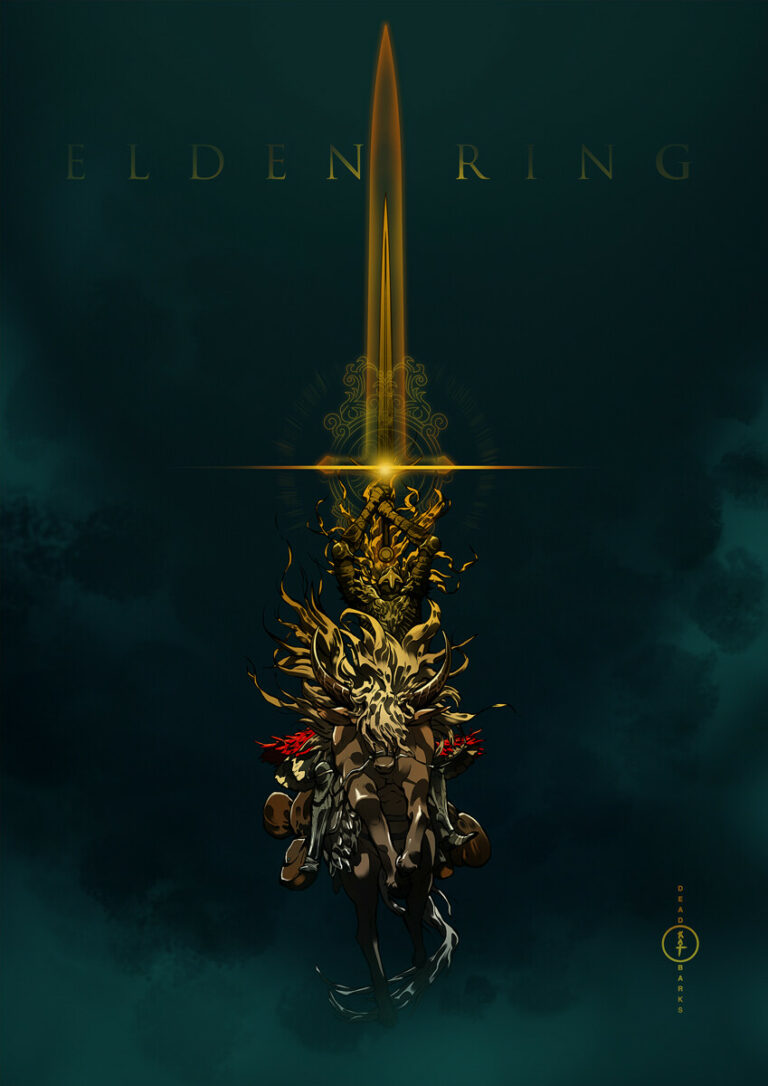Risk vs Reward: The Souls-Like’s Twist on Multiplayer
Communication, cooperation and competition are integral parts of the multiplayer experience in most games, but souls-likes have some of the most unusual twists on these three aspects of multiplayer.
In our previous blogs we discussed the design of souls-likes and the evolution and rise to prominence of these games. We believe they are highly popular because of the endless innovations and variations that their developers offer: always sticking to a few rules, but following them in unique ways.
The distinctive multiplayer aspects of these games were first introduced in Demons’ Souls, the first game in the Souls series by From Software. Since then, every developer (including From Software itself) has persisted in changing up the multiplayer formula with one fixed rule: multiplayer, or even online play, always entails risk or reward.
Live or Die? Collaboration by Communication in Souls-Likes
In Sekiro: Shadows Die Twice, I was looking for ways to even the odds against my first boss. I found something that was labelled a ‘Remnant’. After activating it, a ghostly version of Sekiro, the protagonist, appeared near me, reached the far end of the gate the boss guarded, landed softly behind him, and vanished. I felt then that Sekiro’s stealth system could possibly help me with my first boss encounter.
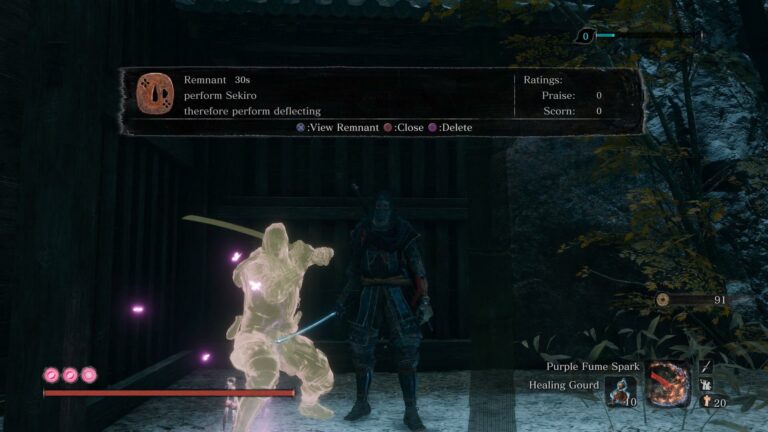
I did as the Remnant hinted and made my boss fight 100% easier. I snuck up behind the boss and dealt a deathblow, then sparred with him to inflict the second mortal wound (confusing as this sounds, certain enemies and bosses in Sekiro can withstand multiple deathblows; this one required two). I won my first fight in one of the toughest souls-likes with relative ease thanks to a feature that is available only when you are playing online. In Souls games, other players can leave actual messages, and you can also see how they died by activating certain Bloodstains on the ground. Sekiro is somewhat different, in that you can create a Remnant where you record 30 seconds of your playthrough and append a message to it. This becomes a record of death only if you die, and quite a few Remnants show how some ways lead to death.
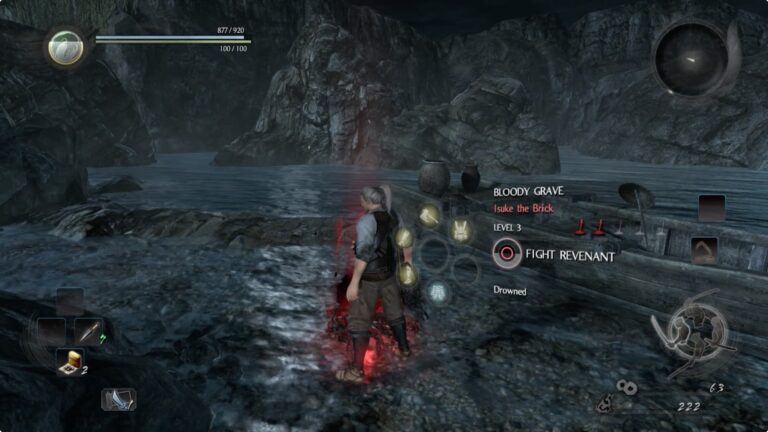
Remnants, Bloodstains and messages do not always help. Some just troll you, and you may encounter this in your very first playthrough of Elden Ring, when a glowing message right next to a precipice suggests you jump. You will die if you jump. The joke isn’t over yet. You can enter the tutorial cave later on by jumping down another precipice, and there is an NPC nearby, urging you to take the leap. This time, you don’t die, but get a crash course on how to play the game.
For games that don’t hold your hand at all, collaborative features such as these can be a godsend (or hellsent).
In fact, the Nioh duology (which does something unique with just about every feature of a Souls game), creates a very simple risk vs reward scenario with its Bloody Graves mechanic. These do not record the last few seconds of another player before they died, but tell you how they died, and will spawn a hostile AI revenant when activated. The Bloody Grave even tells you the rarity of the loot you will find if you defeat this revenant, and its level (based on the player who died on that spot). Even lower-level revenants are tough to battle but yield good loot, so you know what you are getting into. Revenants may also drop the highly useful Ochoko cup, which can be offered at a checkpoint to summon human aid.
In Nioh 2, this cup can also be offered up at special Benevolent Graves left behind by human players. When activated, these graves will spawn an AI companion based on the human player who left the grave, and this ally will aid you in battle until they die.
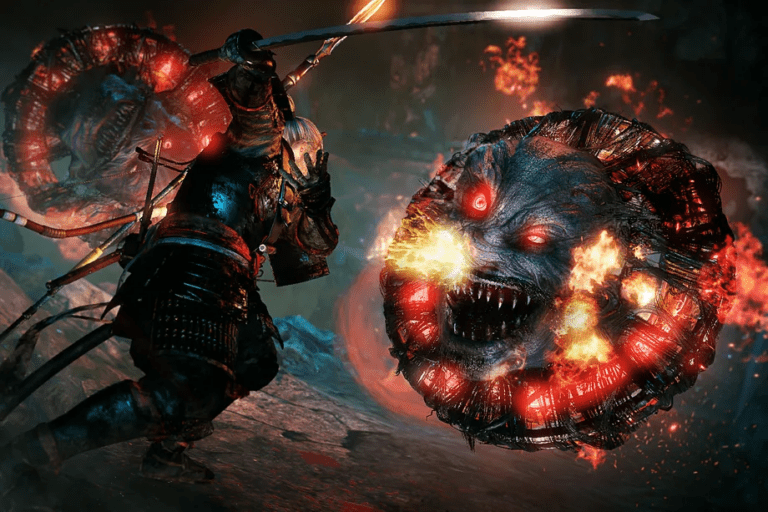
An area chock-full of Bloody Graves is certain to be very, very hard, and since you know how each one of these players died, you can build up a mental map of the various hazards in an environment. Invoking a Benevolent Spirit from a Benevolent Grave not only helps you in battle, but by paying attention, you can even see how to tackle enemies, mini-bosses and bosses the right way. Of course, the Nioh games make up for all this by being incredibly difficult.
And the Souls games (from Demons’ Souls on to Dark Souls I, II and III, and even Sekiro) can be the most deceptive. Acting on any message, or even a bloodstain, is basically a coin-flip. Is this message sending me to my death, or saving me from it? Is this Sekiro Remnant showing me what to do, or what not to do? You can choose to ignore these elements altogether, but then again, consider how I got past Sekiro’s first boss. These messages can hold a lot of allure, especially for new players.
You (All) Died: Co-Op Gameplay in a Souls-Like
Playing a souls-like game in co-op is the closest such titles come to a relatively ‘easy mode’, though co-operative play does come with its own challenges. Over the years, developers have come up with various excellent co-op experiences that build a sense of solidarity between players, but not all co-op experiences are equal. Some games offer seamless co-op, others don’t. Some games are needlessly obscure about how to set up co-op. The list below contains a description of various co-op modes, and one recommendation that many souls-like developers could adopt to improve the co-op experience.
What are the Must-Haves for Co-Op in Souls-Likes?
- Seamless Co-Op: Some souls-likes deliver fluid and well-synchronised co-op where you and your friends can live and die together, level up together, and beat the game together. Nioh 2 allows for three players to play all game missions together where beating bosses and levels in co-op transfers over to your single-player playthrough. Gunfire Games’ Remnant: From the Ashes and its sequel Remnant II are actually meant to be played in co-op mode, but the procedurally generated world prevents progress from carrying over to your single-player campaign. However, any level-ups, skills or items gained in co-op mode stay with you in single-player mode – you just have to finish the mission on your own again.

- Summons: Seamless co-op, however, is not a staple of souls games. You can’t just join another player and beat a Dark Souls game together – in fact, the main boss of a level must be alive for co-op gameplay in Demons’ Souls and the Dark Souls games. You can summon a companion at the very first checkpoint of a level and complete the mission together, but your ally will be sent back once the boss is defeated. Your ally will also have to clear the level in single-player mode unless he has already done so. There are various other hoops to jump through, as we detail in the next point.
- Difficulty Balancing: The ultimate rush in a souls-like is the sense of accomplishment you get when you finally defeat a boss. Co-op modes must be carefully balanced so they don’t blunt this feeling. Nioh 2 is one of the hardest games ever made, and co-op mode maintains this challenge while allowing players to feel a sense of solidarity in defeat or victory. In games such as Elden Ring or the Dark Souls games, human companions summoned into your world have fewer resources and bosses are significantly stronger. Summoned players must be close to your own level as higher-levelled summons will turn the boss fight into a milk run. Engaging in co-op makes you open to invasions by a hostile human player, adding a further element of risk.
- Making Co-Op Accessible: People love Souls games for their mystique and lack of hand-holding. This approach to game design, however, can carry over to UX design, especially for multiplayer, to such an extent that an article flat out states that setting up co-op in Elden Ring can sometimes be as tough as a boss fight. There are several online guides and wiki pages dedicated to explaining the various steps you must take to summon a friend into your world – and this problem has been met with criticism. Games like Nioh 2 address this issue by offering seamless co-op, which does not fit with From Software’s multiplayer design. Lords of the Fallen removes the tedium involved in setting up multiplayer without straying from the Souls games’ co-op formula.
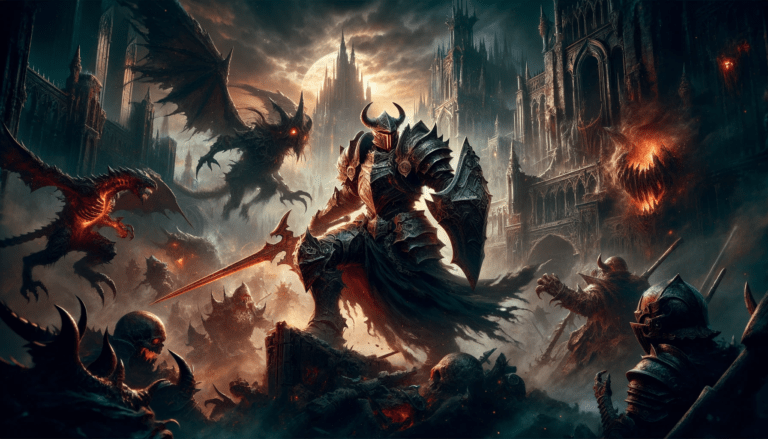
Invading Your Space: PVP in Souls-Likes
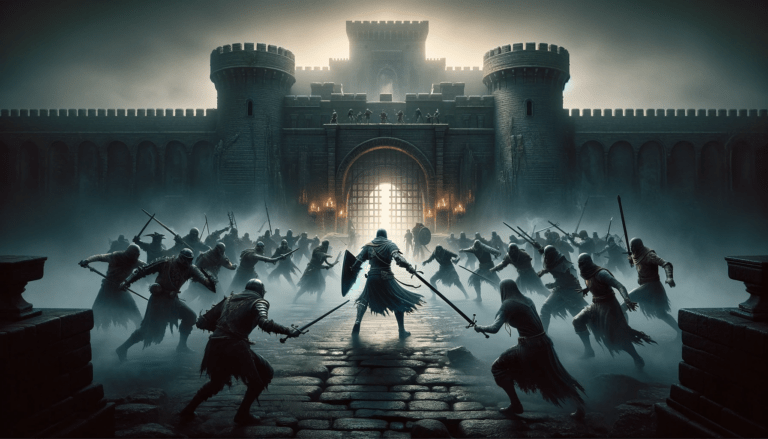
Invasions. That is the name for the default player-versus-player (PVP) mode in the Souls games – and the name tells you a lot about just what you are in for in PVP zones. If you are playing the game online without any restrictions like a multiplayer password, entering certain areas in-game opens you up to invasion by another online player. If the host dies to the invader, they lose all their souls and are sent back to the most recent checkpoint, and must go back to where they were defeated to retrieve their souls. The invading winner gets a percentage of the souls possessed by the winner. If the invader dies, they lose all their souls and must retrieve them after being revived at their checkpoint.
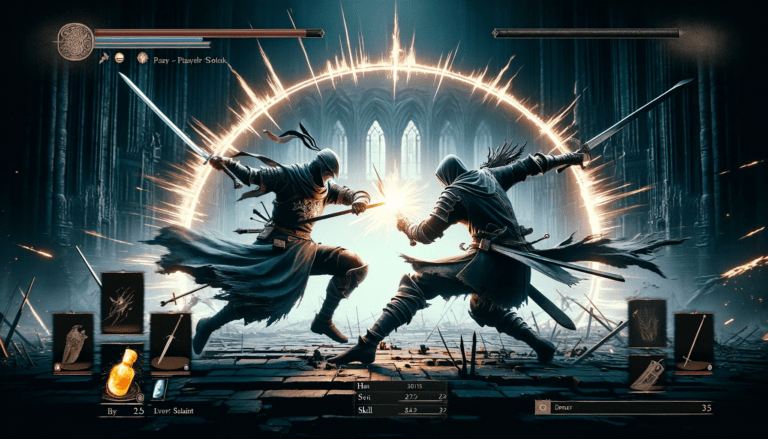
PVP invasions are a highly divisive gameplay mechanic even among fans of souls-likes. Some believe it strikes a fair balance vis-a-vis the benefits of co-op, and that the invader is as much at risk as the defender. Even those who find the mechanic in itself as balanced might find its frequency too much to handle – turning it into a repetitive annoyance. Another criticism is that the invader’s attack patterns cannot be memorised – a core aspect by which a souls-like remains punishing but fair. There are some who even relish playing the role of a troll-like invader, and others who write of griefers who made them rage-quit a Souls game. One particularly fiendish troll kept invading a Kotaku columnist’s Demons’ Souls playthrough, never bothering to kill him, but always weakening him, first by ruining his armour and then using a spell that delevels the player one hit at a time.
Of course, you can choose to play offline, but then you lose all aspects of the multiplayer experience. Consider how online play can guide your playthrough before you choose to go offline – encounter zones filled with the signs of many player deaths can provide a stark warning of the dangers ahead. There are some ways to avoid or cope better with invasions in the Dark Souls series, but each of them inevitably comes with some trade-offs.
The Hollow Arenas in Dark Souls III, an arena-based PVP system, allows for a less chaotic experience while duelling human opponents. The Hollow Arenas are unlockable world-spaces in the game, and are usually accessed after finishing the single-player campaign. Winning in the Arena does not yield much as reward: you get a badge of victory. Invaded players will actually be alerted to your PVP experience if you sport a higher level badge, so, in a sense, the badge is less of a reward and more of a warning for lesser players.
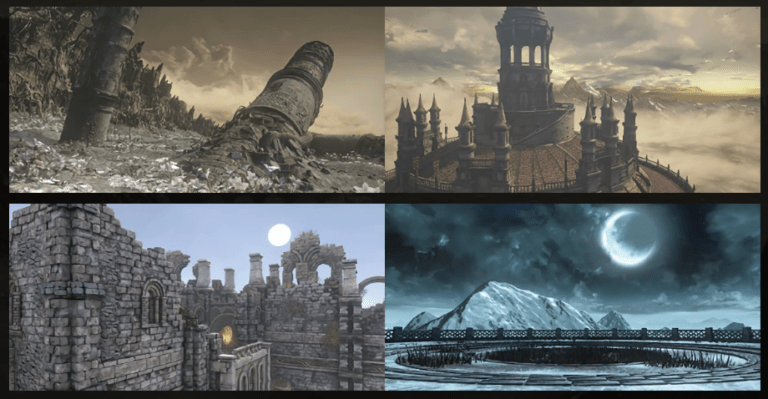
Elden Ring makes invasions optional so long as you are not in co-op mode. Again, there is a special ring you can equip to call for more aid when invaded while in co-op mode, but that will help only if someone responds to your summons. The game also features three arena-based PVP locations known as Colosseums.
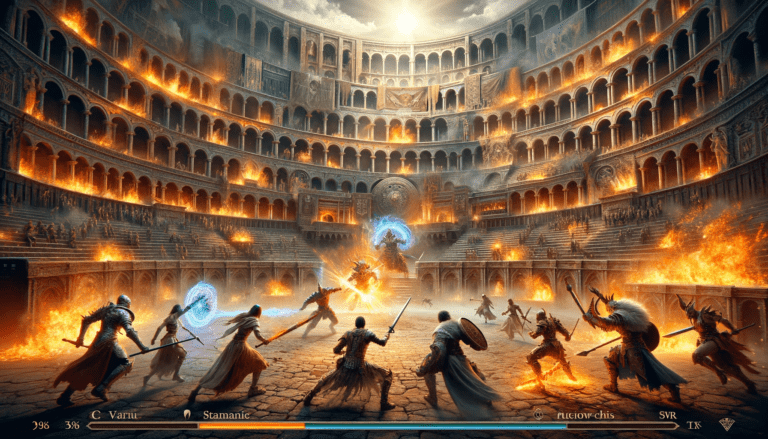
Each Colosseum can support up to six players at once, with three combat modes. Two players can engage in a duel to the death with no chance of respawning, two even teams can fight against each other with the chance to respawn, and all players can engage in a battle royale of sorts.
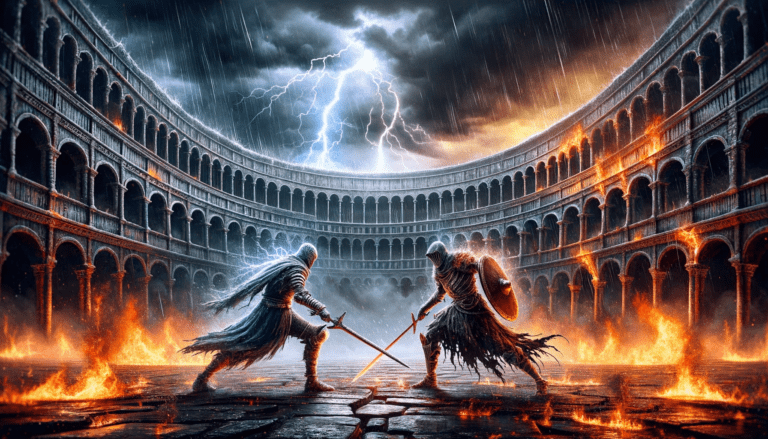
Neither of the Nioh games feature invasions, but the first game in the series offers arena-based PVP where players can engage in 1v1 or 2v2 combat. But the near-absurd degree of customisation possible in Nioh means that these battles can become thoroughly unbalanced, with expert marksmen going up against near invincible opponents and picking them off with ease. Nioh 2 simply dispenses with PVP altogether, choosing to feature the robust co-op mode detailed above.
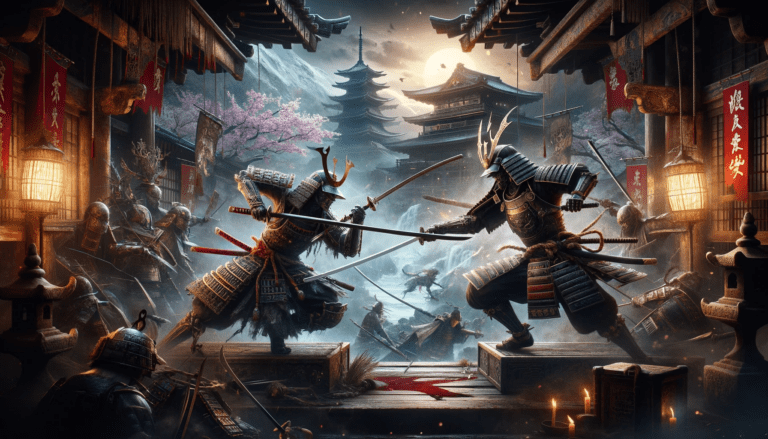
If every aspect of multiplayer in souls-likes entails a risk vs reward calculation, the very decision to play offline or online requires a thorough understanding of the trade-offs involved in both modes when you are playing a Souls game. Playing online means invasions, but also guidance. Playing offline spares you from invasions, but removes all the various messages and tips that other players have left, and in games such as these, where the player must figure out many things for themselves, such guidance can be invaluable. But griefers can frustrate you so much that you quit the game, which is arguably the worst way to end things with a souls-like – doing the hard yards but still not coming away with a sense of achievement.
Conclusion
Hidetaka Miyazaki, the mastermind behind the Souls games by From Software, wants to continue improving the multiplayer aspects of these games, taking cues from titles like Escape from Tarkov. Considering the fact that souls-like developers are hellbent on innovation, we can expect more twists in the multiplayer formula of such games.
Elden Ring might be the most successful souls-like, but its multiplayer has invited criticism, especially because the formula hasn’t really been updated to facilitate the exploration of the open world in co-op mode. The mechanic of returning a partner to their own world after defeating a boss makes sense in the linear levels of the earlier games, but exploring an open world together is quite different, as Jade King of The Gamer points out. Seamless co-op in Elden Ring would result in shared discoveries, going down unknown paths together and surviving in a huge world with a friend who has got your back. All of this led to the development of the seamless co-op mod for Elden Ring, and From Software could come up with its own solution as well.
Except for the arena-based PVP available in some games, multiplayer elements are organic – even integral – parts of your playthrough. The asymmetry in PVP invasions only adds to the brutal challenge of these games, making them tougher, but more rewarding – fighting and winning against a higher-levelled gamer will yield both high-quality items and any in-game currency that powers level-ups.
There is a common thread running through all these multiplayer elements apart from the risk vs reward calculation: they are meant, at least in part, to make the world easier to understand and navigate. This carries over into real life as well: there are subreddits, Discord servers, and Youtube channels all devoted to helping people get by in the harsh world of these games. In that sense, you are never really alone when you are playing a souls-like, and you shouldn’t be – these games are hard enough as it is.

